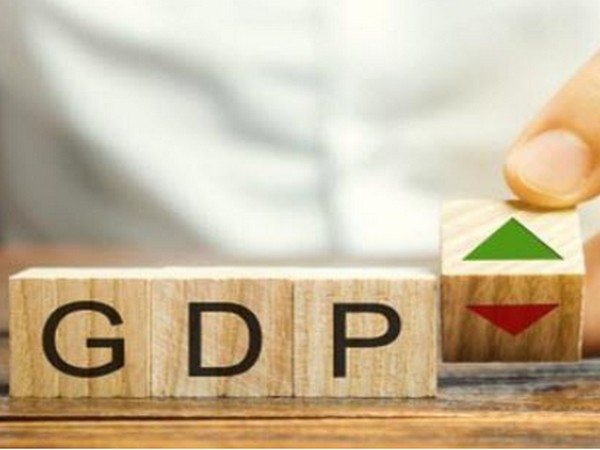
Global economy amid unpredictable challenges
Sep 24, 2025
Washington [US], September 24: Although there are forecasts of increased growth expectations for the global economy, the challenges are also assessed as unpredictable.
Recently, the Organization for Economic Cooperation and Development (OECD) and Moody's Analytics released new reports on the world economic situation.
Multiple signals mixed together
Moody's Analytics forecasts global GDP growth to fall to just 2.5% in 2025 and to no more than 2% in 2026. Both are significantly lower than the 2024 global GDP growth of nearly 3%. The reason for this is the slowdown in trade and investment.
Before the US presidential election in November 2024, Moody's Analytics forecast global economic growth in both 2025 and 2026 at nearly 3%. The two leading economies, the US and China, also had their forecasts lowered. Specifically, the US economy is forecast to grow by only 1.5% in 2025, lower than the previously forecasted growth of 1.8%. Meanwhile, China's economy is forecast to grow by only 4.4% this year, lower than the 5% target set by the government.
In contrast, compared to the forecast in June, the OECD raised the global economic growth forecast from 2.9% to 3.2%. However, the OECD still kept the forecast of global GDP increasing by 2.9% next year. For the US economy, the OECD also raised the growth forecast in June from 1.6% to 1.8% this year, but kept the forecast at 1.5% for 2026.
Explaining the above forecast, OECD said that the global economy has not yet been fully impacted by the US tax policy under President Donald Trump . Similarly, Moody's Analytics assessed that although the US announced the reciprocal tax in April, there was still a grace period, so export orders to the US for storage increased dramatically in the first half of the year and continued until August until the White House officially announced the reciprocal tax rate. Therefore, Moody's said that the rest of this year, the world economy will be very difficult, especially the Asia-Pacific economies that depend on exports, as the US tax policy begins to have a direct impact.
"The urgency to boost export growth and factory output at the start of the year is fading as the earlier export rush fades. Supply chains are no longer racing to beat the tariff deadline, and cracks are appearing," Moody's Analytics said in a report.
The risk is not small.
In addition, both the OECD and Moody's Analytics assess that inflation is expected to decline in most major economies with slower growth and lower employment pressure, except for the US, where prices are still rising due to the impact of taxes. The OECD also recommends that central banks should be "vigilant". Moody's Analytics said: "The road ahead remains unclear, and central banks are facing various challenges".
Regarding negative factors, Moody's Analytics warned that the global economy still faces many risks: "The gloomy forecast could become even gloomier. The world economy is very fragile, and just a little mistake is enough to shake it."
"The top risk is trade. Tariffs could rise. And even if they don't, a more fragmented global trading system would reduce productivity and growth. Financial markets are another concern. Equity valuations appear to be inflated. Bond markets are volatile. And currency imbalances are rising. All of this increases the risk of a correction," Moody's said.
On trade, Moody's Analytics is concerned that current agreements are not yet sustainable, so US tariffs may continue to rise in the near term. But the OECD is more optimistic: It is important that countries continue to negotiate and can reach agreements to reduce trade barriers. However, the OECD also admits that: "The consequences of President Trump's efforts to rewrite global trade rules are difficult for economists to assess due to both the scale of the policy changes and the unpredictability of implementation." In addition, the organization is also concerned about "significant risks" to the temporary outlook, including the possibility of further trade tariffs or price increases.
Source: Thanh Nien Newspaper






